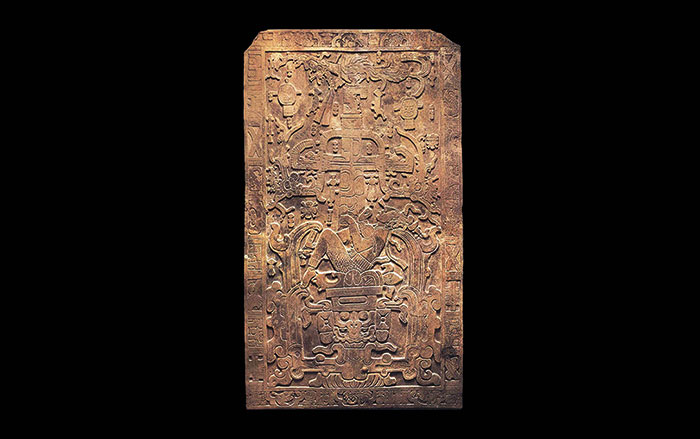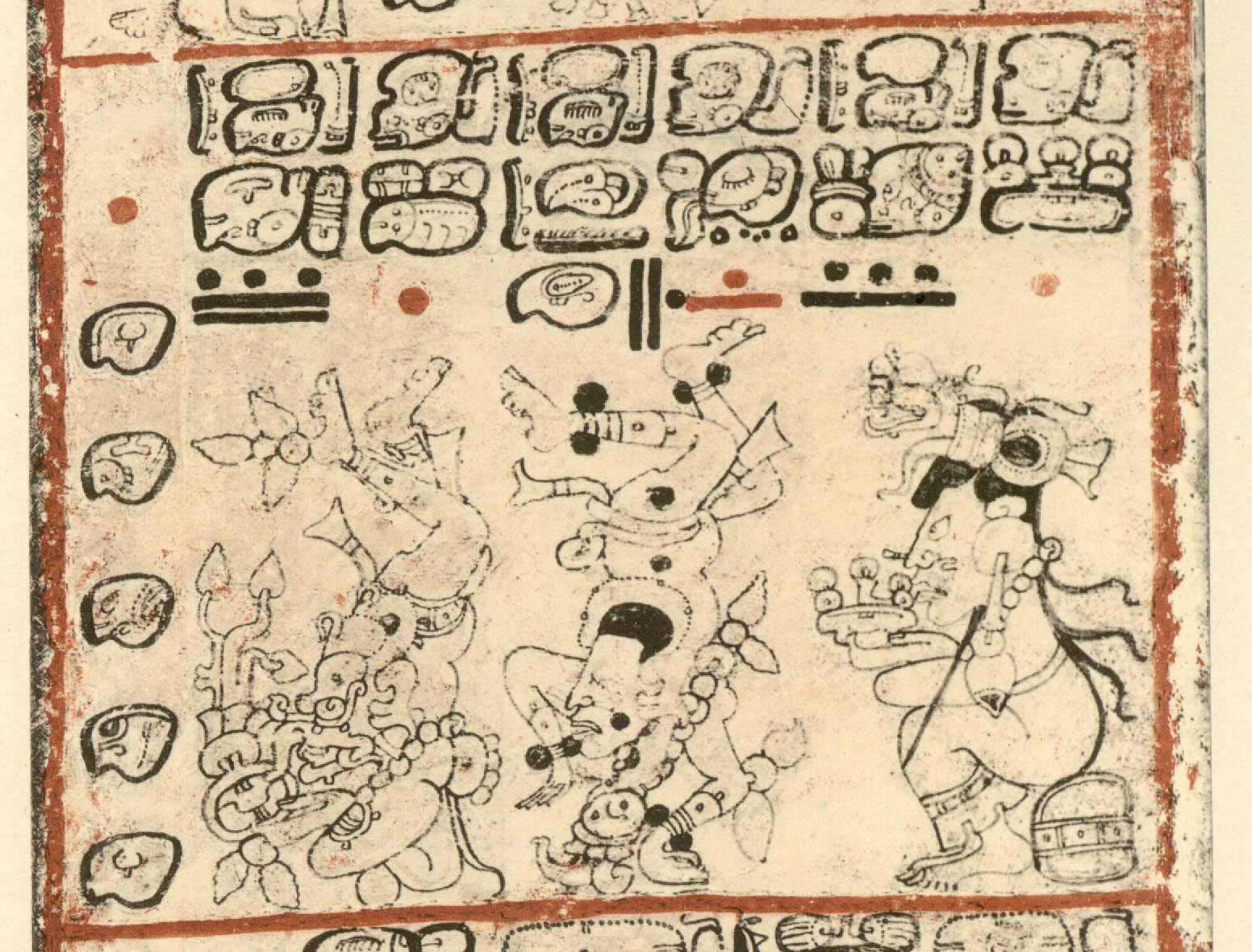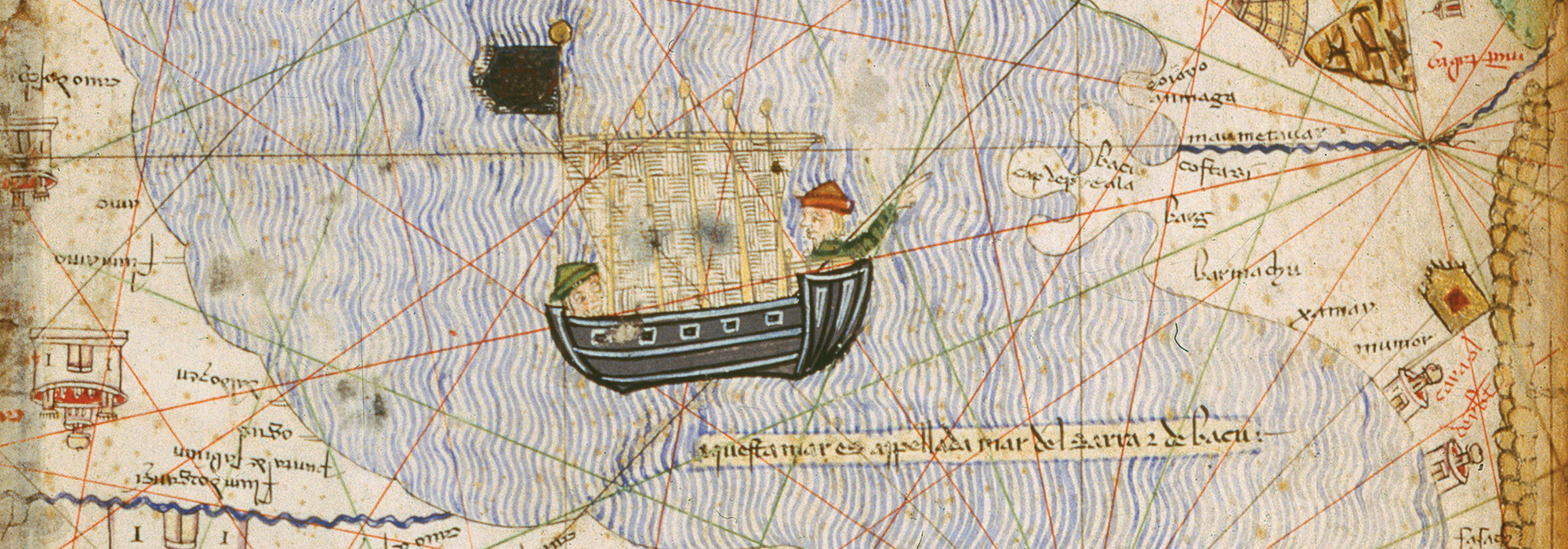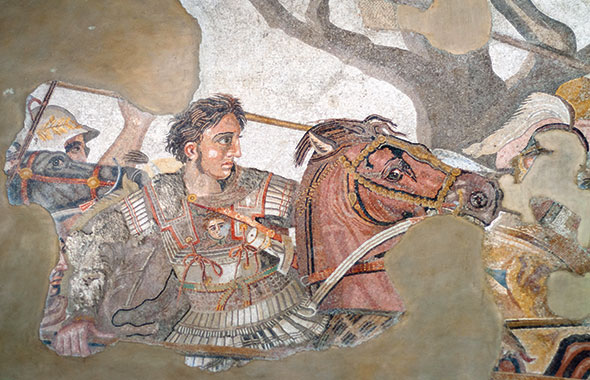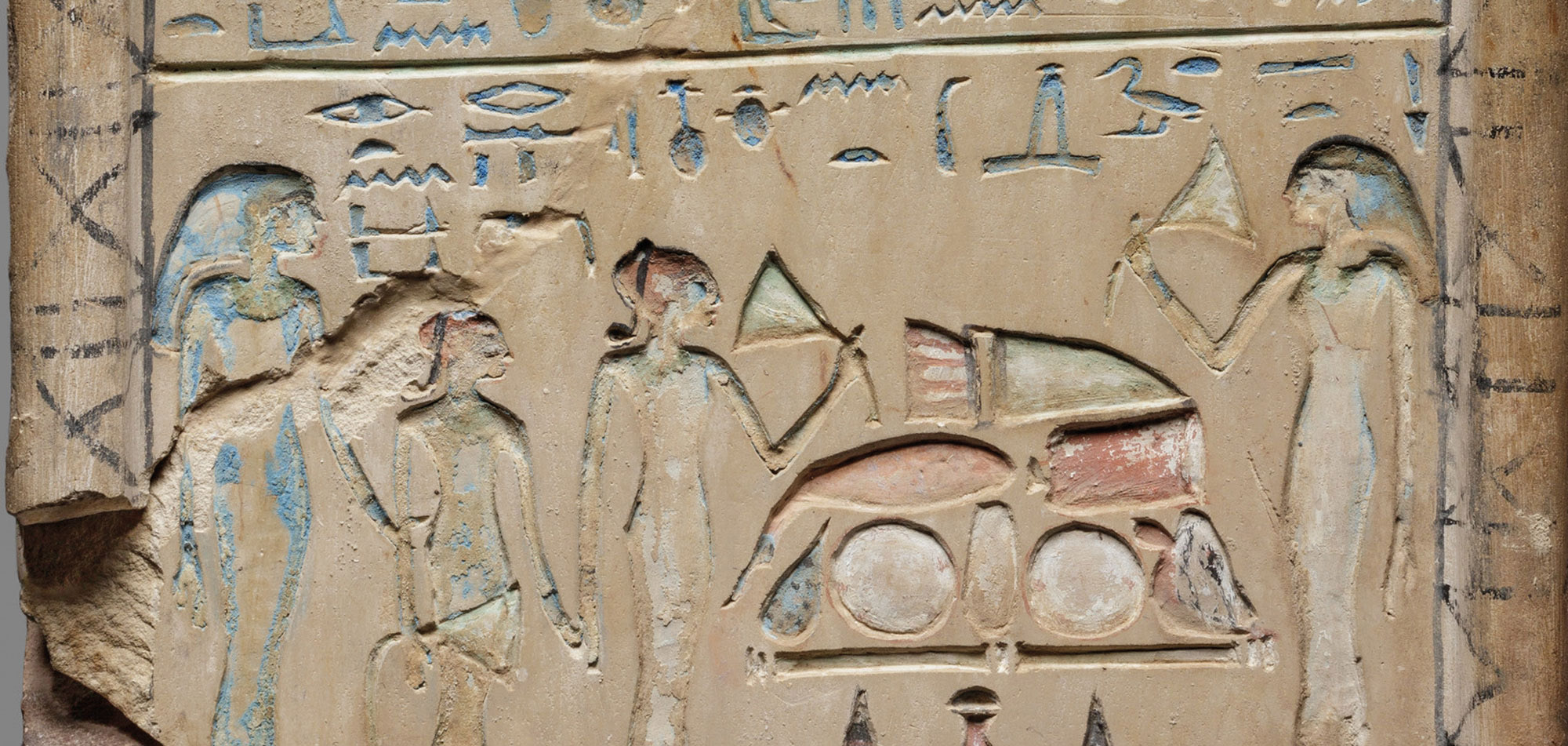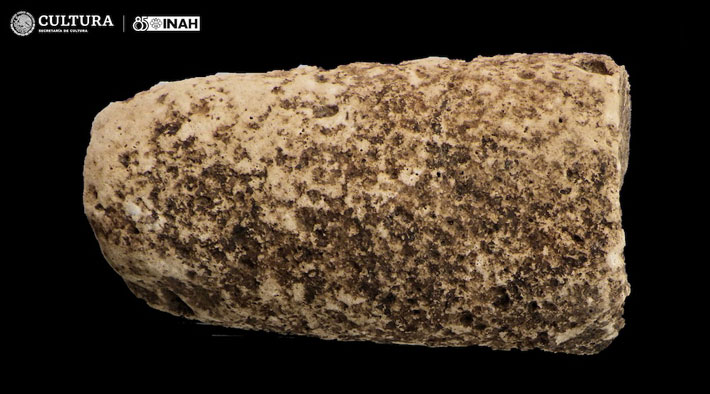
QUINTANA ROO, MEXICO—According to a report in Mexico News Daily, three panuchos, or limestone objects used by ancient Maya beekeepers, helped a team of archaeologists from Mexico’s National Institute of Anthropology and History (INAH) identify the site of an apiary in southern Mexico during construction work on a section of the Maya Train project. Each lid measures about eight inches across and would have been used to plug holes in a hollow log known as a jobón to create a hive for Melipona bees. The artifacts have been dated to the Postclassic period, from about A.D. 950 to 1539, when the Yucatán Peninsula was a hub of honey production. “Only one of the lids is in a good state of conservation,” said INAH archaeologist Carlos Fidel Martínez. The other two objects are highly eroded, he explained. Melipona honey was used by the Maya in ceremonies, as a food, and as a trade commodity. INAH archaeologist Raquel Liliana Hernández Estrada added that the apiary was situated in a residential area on the outskirts of Los Limones, a site where a Maya pyramid still stands, and Chacchoben, a larger Maya settlement inhabited from about 200 B.C. to A.D. 700. For more on Maya honey production, go to "Maya Beekeepers."




